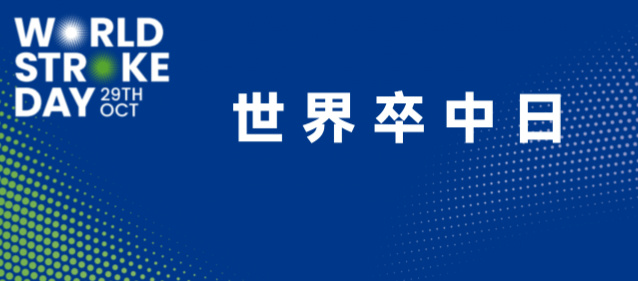心梗发生的频率及其与血管造影中慢性闭塞冠脉供血区域的侧枝循环的关系
心梗发生的频率及其与血管造影中慢性闭塞冠脉供血区域的侧枝循环的关系
Frequency of Myocardial Infarction and Its Relationship to Angiographic Collateral Flow in Territories Supplied by Chronically Occluded Coronary Arteries
Jin-Ho Choi; Sung-A Chang; Jin-Oh Choi;Young Bin Song; Joo-Yong Hahn; Seung Hyuk Choi; Sang-Chol Lee; Sang-Hoon Lee; Jae K. Oh;
YeonHyeon Choe; Hyeon-Cheol Gwon
CIRCULATIONAHA.112.092353 Published online before print December 31, 2012,
Abstract
Background—Despite complete interruption of antegrade coronary artery flow in the setting of a chronic total occlusion (CTO), clinical recognition of myocardial infarction (MI) is often challenging. Using cardiac magnetic resonance imaging (CMR), we investigated the frequency and extent of MI in patients with CTO, and assessed their relationship with regional systolic function and the extent of angiographic collateral flow.
Methods and Results—We included 170 consecutive patients (median age 62 years) with angiographically documented CTO. Regional late gadolinium enhancement (LGE) and wall motion score index (WMSI) were assessed by CMR using a 17-segment model. Angiographic collateral flow was assessed by the collateral connection grade and the Rentrop score. Evidence of prior MI was found in 25% of patients by ECG Q waves, in 69% by regional wall motion abnormality, and in 86% of patients by LGE. Increased angiographic collateral flow was associated with a lower frequency of Q waves on ECG, as well as a lower regional WMSI, LGE volume (%), and degree of LGE transmurality (all p<0.001).
Conclusions—The frequency of MI in territories subtended by CTO is significantly higher than previously recognized. The degree of myocardial injury downstream epicardial CTO is inversely correlated with the degree of angiographic collaterals.



.jpg)


